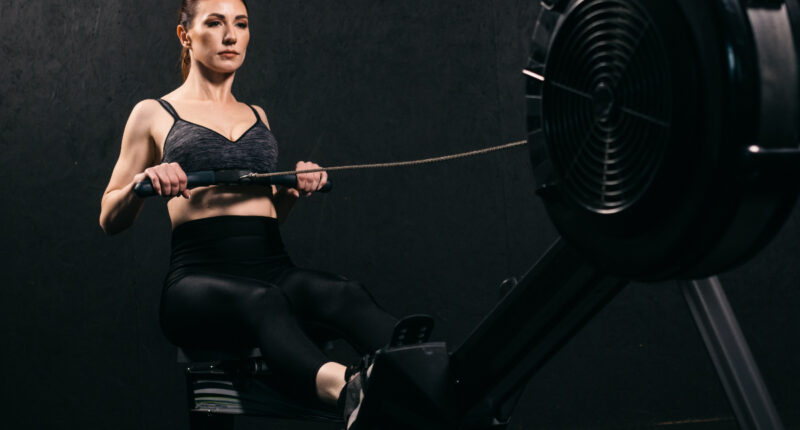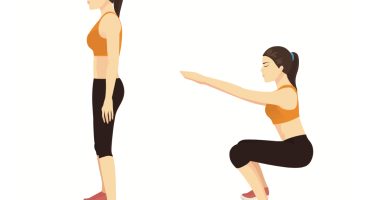6 Best Exercises for Better Joint Health After 30 – If you’re in your 30s and 40s and continue to exercise like you’re in your 20s, it’s time to re-think your approach. Your body is taking a major beating, says Cassie Ellis, master coach for Row House. As you grow older, you lose anywhere from three to five percent of your lean muscle mass each decade. Along with the loss of muscle, your cartilage formation and bone density also decrease, which speeds up the deterioration of your joints. Choosing just the right exercises for better joint health after 30 is imperative in your workouts, which is where Ellis comes in to help.
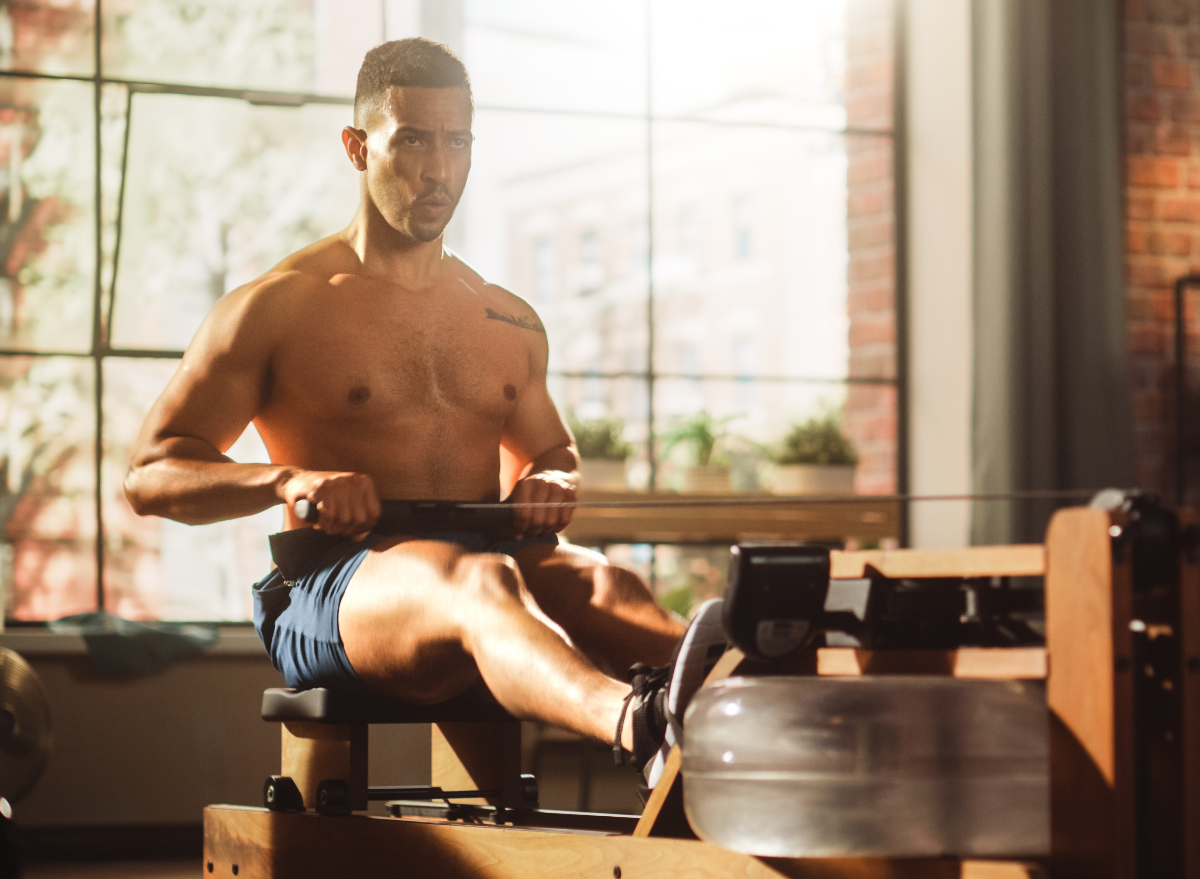
“Low-impact exercises such as the ones listed below are a great way of applying the right stress to our muscles and joints to improve function and reduce pain. After all, motion is lotion to the joints,” Ellis explains. “When the muscles are worked, they apply stress to the bones, pushing and pulling against the bone, and this improves bone density and strength. My recommendation is to keep the weights light and perform more reps/sets to strengthen the muscles around the joints to improve stability and reduce pain.”
Give your fitness routine an update with these low-impact exercises for better joint health after 30. And when you’re finished reading, be sure to check out these 5 Foods Michelle Pfeiffer Eats for Weight Loss
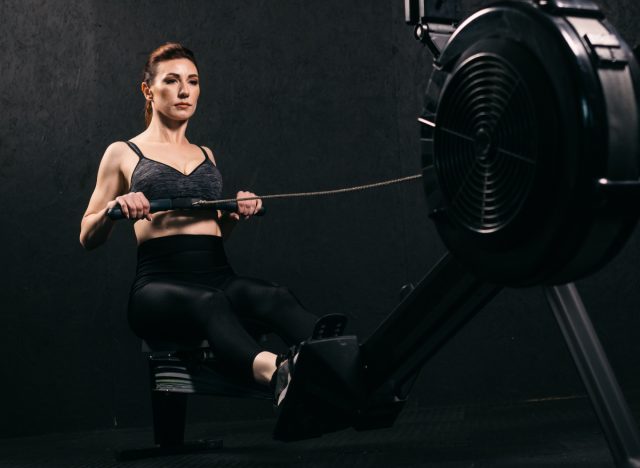
“Working 86% of the muscles, rowing is a great low-impact, high-intensity workout that is very friendly on the joints,” Ellis tells us. “We move through triple flexion at the catch and triple extension at the finish (flexion and extension through the ankle, knees, and hips).”
Utilizing the rowing machine will give your cardiovascular fitness a boost, positively affect your weight loss efforts (which decreases excess pressure put on the joints), and enhance your overall strength (which improves the stability of your joints). “If you have ever taken a Row House class, you will see that we place an emphasis on functional movement—how can we have our members improve their fitness levels to move better throughout the day,” Ellis adds.
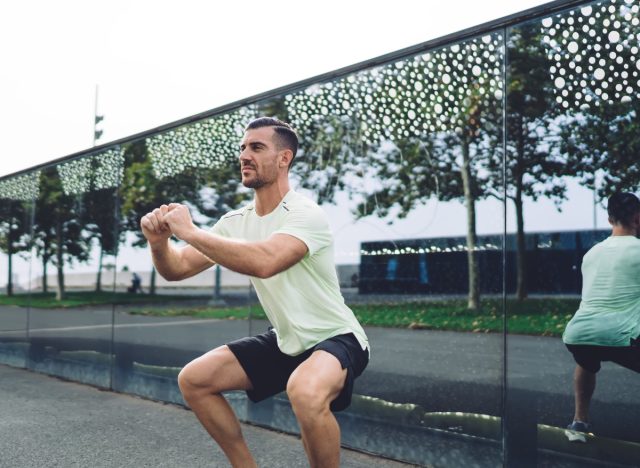
If you avoid squats because of arthritis or knee pain, you may be surprised to hear that this exercise can actually lessen pain and enhance your knee and hip strength. “The focus needs to be placed on performing the squat correctly and modifying to each individual (ie—working within a range of motion that does not produce pain),” Ellis stresses.
Squats are something you do in daily life without even thinking about it. For instance, you squat when you sit down or get up from the couch, your desk chair, and even the toilet seat.
Ellis recommends starting with five sets of 10 sit-to-stands using a chair. From there, you can progress to bodyweight squats. When you’re ready to take things to the next level, incorporate weights like dumbbells to make things more challenging.
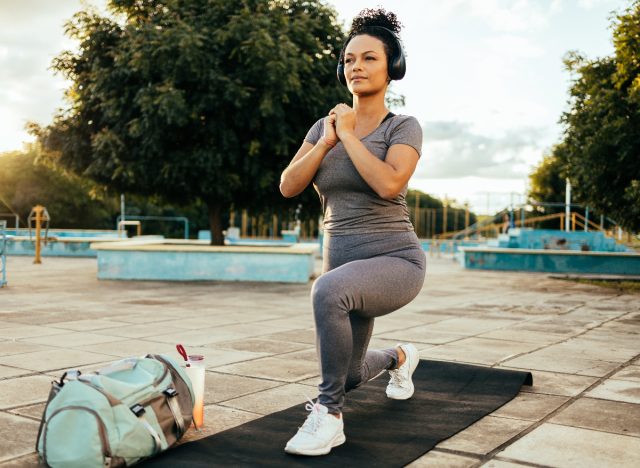
The reverse lunge is another “controversial move for knee joints,” as Ellis puts it. But, it’s crucial to be able to go up and down stairs, and lunges can boost the strength of both your hips and knees, along with lessening pain if you do them properly.
“Again, the focus is on correct technique and moving through a range of motion that does not produce pain,” Ellis tells us. “Reverse lunges (rather than forward) reduce the pressure on the knee joint while still providing appropriate stress to the muscle and joint for effective results. These will also challenge core stability which in turn will help to protect the lower back.”
Begin with five sets of 10 reps per leg. If you feel unsteady, feel free to grab onto a table or bench for added stability. Then, once you feel more comfortable, try standalone lunges. After that, incorporate weights.
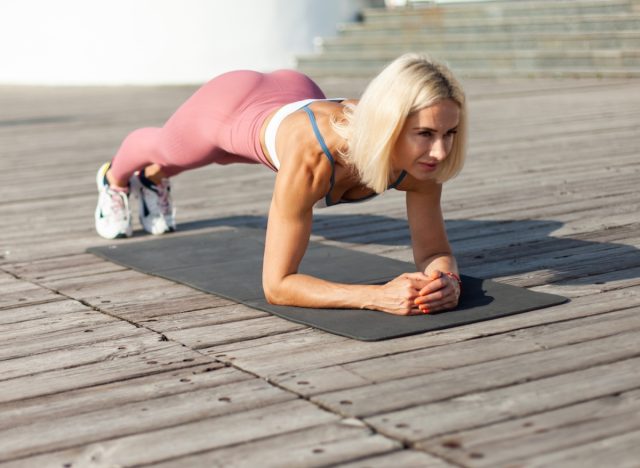
Next up on this list of the best exercises for better joint health after 30 are all variations of planks. The plank strengthens your core, shoulders, lower back, glutes, and even wrists. You can modify it based on your current fitness level and up the intensity if you’d like to further challenge your muscles and joints.
If you’re a plank first-timer, Ellis recommends starting on an incline or performing knee planks and holding the position for as long as you’re able to. Even if this is only 10 seconds to begin with, you’re still making progress! Down the line, you’ll be able to build up your strength and complete plank holds for a longer duration. Begin with five sets of 10-second planks, adding on five to 10 seconds the more comfortable you get with the exercise. The goal is to aim for five sets of 30-second planks.
“This is one of my favorites for strengthening the glute medius and hip joint along with the core and lower back while being kind to the joints,” Ellis tells us. “It is also going to work shoulder stabilizers to strengthen the shoulder joint.”
Perform five sets of 10 reps per side. Your hip joint will start to feel stronger. This exercise is more on the challenging side, so feel free to add it to your routine after you’re able to stay in a side plank for 20 to 30 seconds. You can also incorporate a resistance band just above your knees for added resistance and intensity.
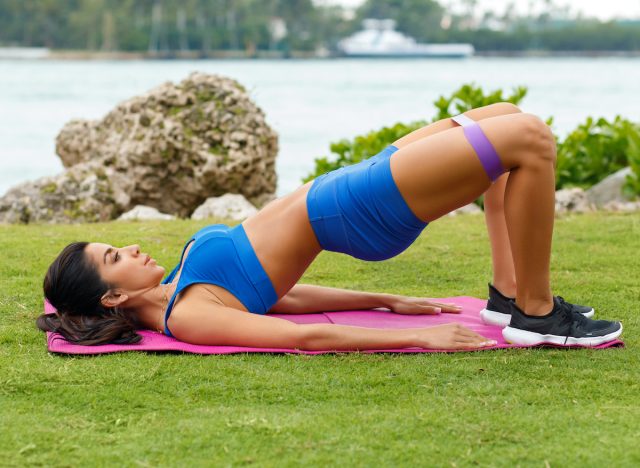
Last but not least, we have the glute bridge. “[This is] another big-time favorite here that I do daily for lower back health,” Ellis says. “Glute bridges will work to strengthen the glutes and the core which will work together to protect the lower back. If anyone is already dealing with lower back issues, this is one of the first exercises I will have them work on.” Perform five sets of 10 reps, and when you’re ready to make this move more challenging, add in weight or a resistance band.
